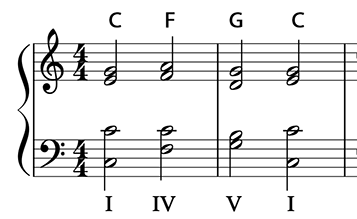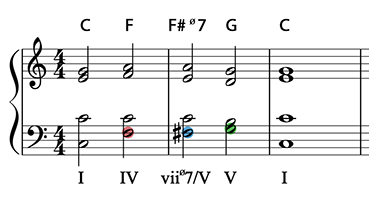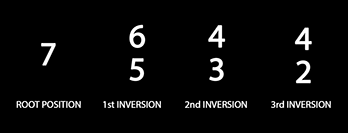
HOSTS- Jeremy Burns, Matthew Scott Phillips
TYPE- Theory
DURATION- 76:27
BUMPER MUSIC- "300º" (Area 47 Music)
ANNOUNCER- Mike Cunliffe
Just as you can use secondary dominant chords to aid in the movement to any diatonic chord, you can also use secondary leading tone chords for the same purpose. These chords can add intrigue, color and tension to any harmonic progression.
We'll discuss how to identify them, how to spell them out and how to analyze them.
Give them a listen. Give them a try.

-So far all the chords we have discussed have been diatonic. They've involved notes that were not originally in the scale. This will usually result in ACCIDENTALS.
-MELODIC and HARMONIC minor scales involve accidentals as well but those are still considered diatonic.
-CHROMATIC HARMONY (from the Greek root ‘chroma’= color) introduces chromatic notes, from outside of the given key signature.

Just like we can use V to tonicize any diatonic, chord we can use the LEADING TONE chord to perform the same function.
Let's establish ourselves in the key of C major and observe the progression below.
Notice it is a I - IV - V - I progression. There are no accidentals. Every chord belongs to the key it's in.

The next example involves a bit of CHROMATICISM. We have the same chord progression but we've added a new chord (F#ø7).
The F, from the IV chord, moves up to an F# in the chord that follows. This allows for movement, by half step, from the F to the G, in the ROOT of the V chord. This F# is the LEADING TONE of G. Harmonizing it with a DIMINISHED chord insures that the resolving G chord will give a sense of completion, even though it is not the TONIC.
This F#ø7 chord is said to be a SECONDARY LEADING TONE chord because it resolves to the
V, rather than the tonic. In fact, it tonicizes the V chord.



Fortunately, the voice leading considerations for SECONDARY LEADING TONE chords are the same as they would be for any chord progression, when holding proper COUNTERPOINT in mind. Here are some highlights:
-Avoid PARALLEL OCTAVES.
-Avoid PARALLEL FIFTHS.
-The 7th of the LEADING TONE viiº7 or viiø7 chord
should resolve down to the 3rd of the following
chord. So try not to double the 7th to avoid
PARALLEL OCTAVES.
-The ROOT of the LEADING TONE viiº7 or viiø7
chord should resolve up to the ROOT of the
following chord. So try not to double the ROOT to
avoid PARALLEL OCTAVES.
-Inversions make for more interesting bass lines and they help you to avoid PARALLEL motion.
-To review, for 7th chords, the inversion symbols
are as follows:

-The same rules of voice leading apply to the SECONDARY LEADING TONE chords as those that apply to DOMINANT and SECONDARY DOMINANT chords.
-Avoid doubling notes in 7th chords to avoid voice leading problems. If you want to play if safe, consider using all 4 tones of the 7th chord.
-Try practicing progressions using these chords, using CHORALE or KEYBOARD styles.
-Don't neglect the MINOR keys while working on these progressions.
